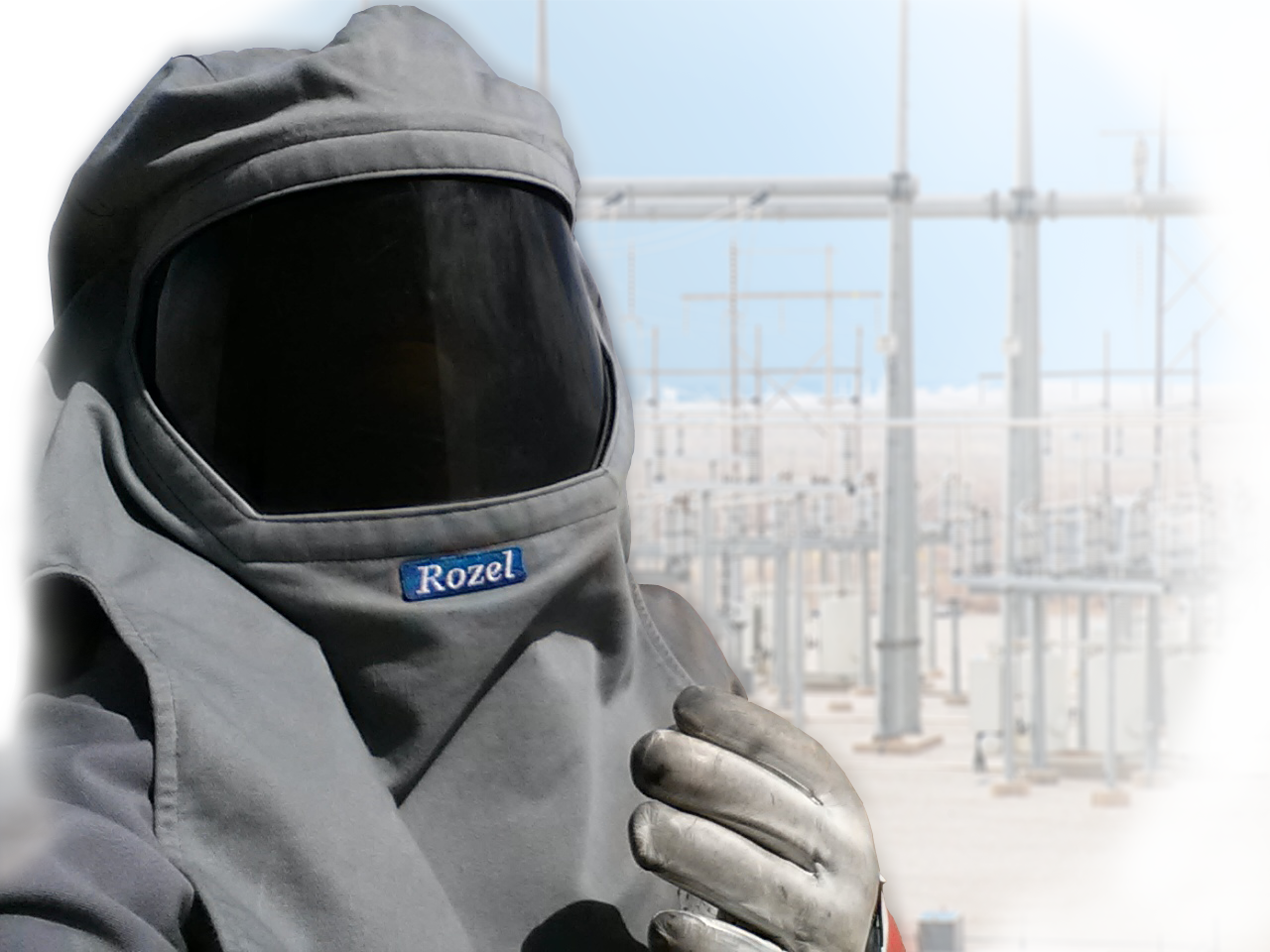Arc flashes pose a serious risk in various industries where electrical hazards are present. To mitigate this risk, arc flash protective clothing plays a pivotal role. However, the specific needs and challenges vary across industries, necessitating tailored solutions for effective protection. In this blog post, we’ll explore how advanced arc flash protection clothing is customised to meet the distinct requirements of different sectors.
- Energy and Utilities
In the energy and utilities sector, workers are often exposed to high-voltage electrical systems. Arc flash protective clothing for this industry is designed to withstand the intense energy levels associated with power generation and distribution. These garments typically have higher Arc Thermal Performance Values (ATPV) to ensure adequate protection against the potential hazards of electrical arcs.
- Manufacturing and Industrial Settings
Manufacturing environments involve a range of electrical equipment and machinery. Arc flash clothing for manufacturing industries is crafted with durability and versatility in mind. Comfortable and flexible fabrics, coupled with reinforced areas for heavy use, ensure that workers can move freely while being adequately protected. The clothing is often designed to resist wear and tear in dynamic work environments.
- Construction and Engineering
In construction and engineering, workers encounter diverse electrical conditions while building and maintaining structures. Arc flash clothing for this sector prioritises flexibility and ease of movement, allowing workers to perform their tasks efficiently. Enhanced visibility features are also common to ensure worker safety, especially in low-light conditions common on construction sites.
- Petrochemical and Oil Refining
The petrochemical and oil refining industry involves not only electrical hazards but also additional risks, such as exposure to flammable materials. Arc flash protective clothing in this sector is often flame-resistant and may include additional features for chemical resistance. Full-body coverage is essential to protect workers from multiple hazards they may encounter.
- Telecommunications
Workers in the telecommunications industry deal with intricate electrical systems that power communication networks. Arc flash clothing for this sector is lightweight and designed for easy movement, catering to the unique requirements of working on telecommunications infrastructure. These garments often prioritise breathability to keep workers comfortable during extended periods of wear.
- Data Centers
As critical hubs for information storage and processing, data centres require specialised arc flash clothing. Workers in data centres deal with sensitive electronic equipment, and protective clothing must prevent static electricity discharge. Antistatic properties and materials that minimise the risk of damaging electronic components are crucial considerations in this industry.
- Renewable Energy
The growing field of renewable energy, including solar and wind power, introduces unique challenges for arc flash protection. Workers in these industries often need protective clothing that can withstand outdoor conditions while providing the necessary protection against electrical arcs. Lightweight, breathable fabrics are essential for those working in the field.
- Healthcare Facilities
In healthcare, where sophisticated medical equipment is prevalent, arc flash protection is necessary to ensure the safety of both patients and healthcare professionals. Arc flash clothing for healthcare settings may be designed to be easily sanitised and incorporate antistatic features to prevent interference with electronic medical devices.
- Transportation and Railways
Workers in the transportation and railway sectors deal with electrical systems in vehicles and railway infrastructure. Arc flash protective clothing for this industry is designed to withstand the demands of both indoor and outdoor environments. High-visibility features are often integrated to enhance worker safety, especially in railway and roadway settings.
- Research and Laboratories
In research and laboratory settings, where experiments and testing involve electrical equipment, protective clothing must offer reliable arc flash protection. These garments may prioritise ease of movement and flexibility, crucial for researchers working in intricate laboratory setups.
In conclusion, the customization of arc flash clothing for different industries reflects the nuanced nature of electrical hazards and the diverse work environments in which they occur. Employers and safety professionals must carefully assess the specific needs of their industry to ensure that workers are equipped with the right protective gear. By tailoring arc flash clothing to industry-specific requirements, organisations can enhance both the safety and productivity of their workforce.






